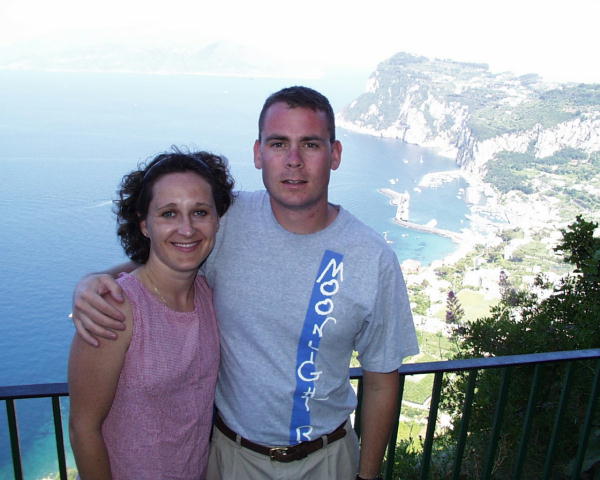|
|
|
Isola Di Capri

The isle of Capri is divided in two counties: Capri and Anacapri. The etymology of Capri's name, according to M.Andren, could originate from the Latin "Capreae" (island of the goats), or from the Greek "Kapros" (island of the wild boars); while Anacapri originates from the Greek "Ana - Kapros" and it means "above Capri". People live on the island, and theyre called Capresi. Capri is washed by the Tyrrhenian Sea, and its sited between the parallels 40 30'40'' and the meridians 14° 11'54'' and 14° 16'19''. The island is 35 Km from Naples and is tied to Sorrento by a submarine prolongation of the rocks which 5 Km long. With its calcareous rock, Capri extends 10,36 square Km; the coasts are very high and indented, the top of the island is Monte Solaro, which is 586 metres high. Thanks to the humid and temperate climate, the flora is luxuriant and it varies between date-palms, carob-trees, myrtles, laurels, brooms, caper-bushes, and pines which all together make the typical "Mediterranean maquis". The fauna is rather poor. It's possible found wild-rabbits, snakes, blackbirds, some hawk, many sea-gulls and the rare blue lizard which lives only on the Faraglioni. Capri is easy to reach by ferries or idrofoils, from the harbours of Naples, Sorrento and Castellamare: anyway, the arrive is at the harbour of Marina Grande, on the northern coast of the island. From Marina Grande, Capri is reaching on foot, by taxy, by railway or by bus, untill the Piazzetta, (Little Square), called ěthe Italy's sitting room. Tourists are not allowed to take their cars (if with Italian number-plate) on the island, except in off-season periods. Anacapri is regurarly reaching from Capri by taxy or bus, but there are also some buses from the harbour connected with the arrivals of the ferries. We reccomend you with no doubt the tour of the island by boat, which is 9 miles long, (about two hours) with the visit to the Blue Grotto, starting from the harbour.